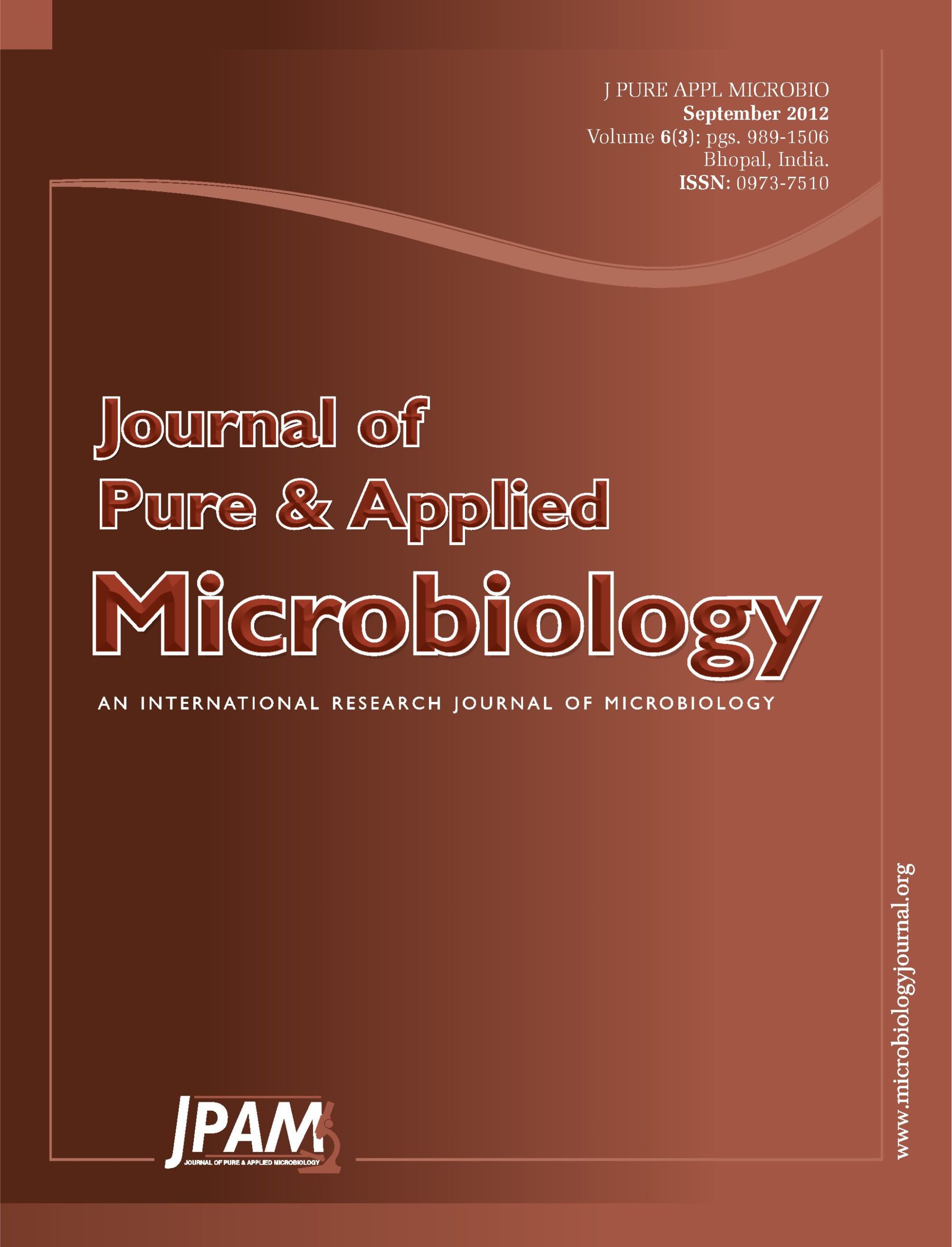Chlamydial organisms are members of an exclusive order, Chlamydiales and family Chlamydiaceae. Chlamydia psittaci is a bacterium that causes psittacosis in humans and ornithosis, pneumonitis, abortion, encephalomyelitis, and enteritis in various animals. The purpose of this study was to determine the abortion rate caused by C. psittaci in Iranian cattle using PCR method. 145 aborted bovine fetus samples from different townships in Chaharmahal Va Bakhtiari province were collected and DNA was extracted. Then, ompA region was amplified by PCR using specific primers. C. psittaci was found in 26 out of 145 samples (17.93%). The frequency of C. psittaci infection was 19.15%, 17.07%, 18.75% and 16% in Shahrekord, Borujen, Farsan and Kiar townships in Chaharmahal Va Bakhtiari province, respectively. Amplified fragments for ompA region on 1% agarose gel revealed a fragment of about 1058 bp. The results showed that the C. psittaci is also one of the major causes of infectious abortion in cattle. C. psittaci has been screening from outbreaks of epizootic cattle abortion at different stages of pregnancy. Abortion occurred mostly in middle or late pregnancy. C. psittaci is associated with significant morbidity and mortality during pregnancy, and its rarity can delay early diagnosis and treatment. Isolation of C. psittaci from aborted bovine fetus specimens indicated a wide dissemination of this pathogen among cows in Iran. The control of this microorganism is useful for prevention and reduction of the incidence of abortion and reduce the economic loses in Iran.
Chlamydia psittaci, abortion, PCR, Iranian cattle
© The Author(s) 2012. Open Access. This article is distributed under the terms of the Creative Commons Attribution 4.0 International License which permits unrestricted use, sharing, distribution, and reproduction in any medium, provided you give appropriate credit to the original author(s) and the source, provide a link to the Creative Commons license, and indicate if changes were made.


